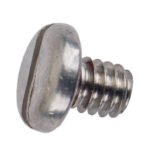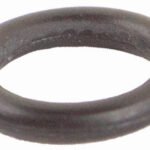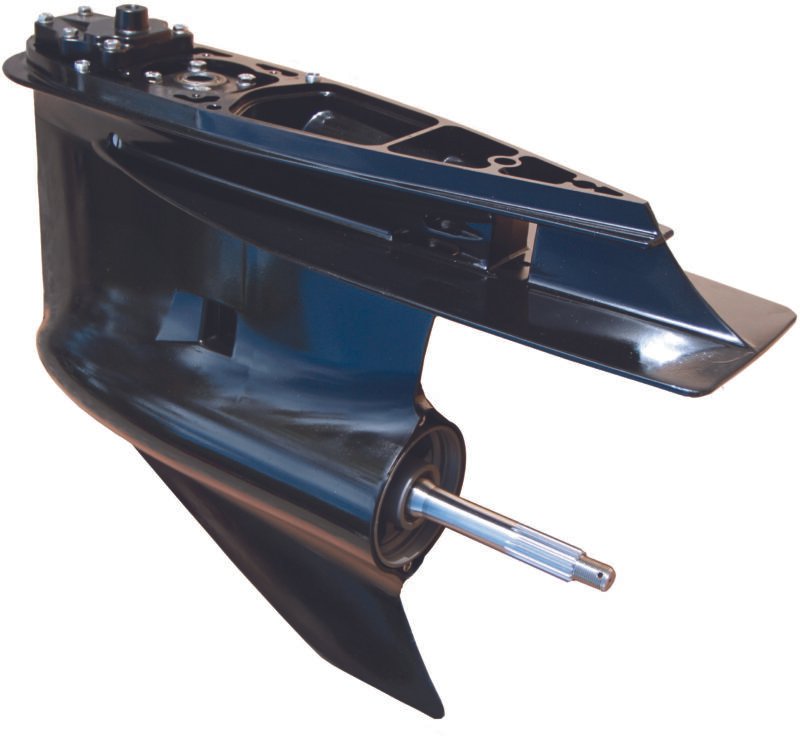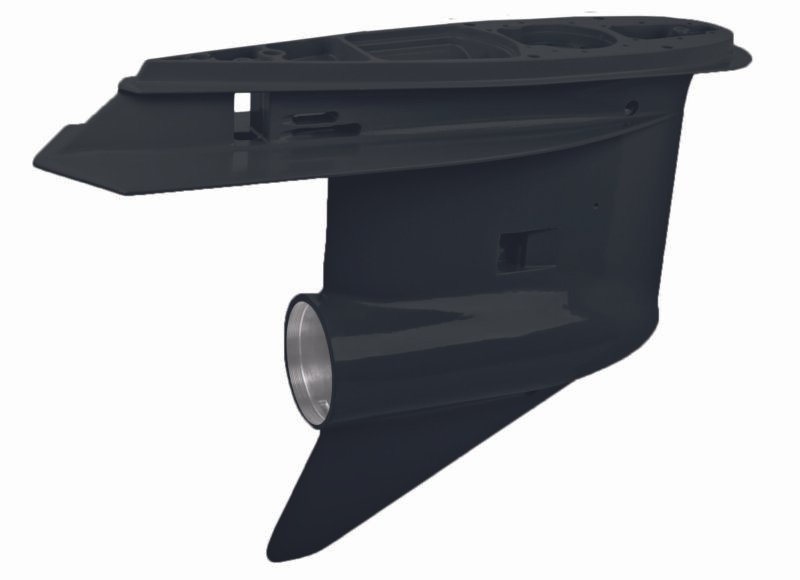
SCREW
March 4, 2024
OIL SEAL
March 4, 2024
Description
- Purpose: The primary function of a seal is to create a barrier between two mating surfaces, preventing the escape of fluids (such as oil, water, or hydraulic fluid) or gases from the system and keeping contaminants out.
- Material Composition: Seals are made from a variety of materials, including rubber, silicone, metal, plastic, and composite materials. The choice of material depends on factors such as the type of fluid being sealed, operating temperature, pressure, and environmental conditions.
- Types: There are many types of seals available, each designed for specific applications and operating conditions. Common types include O-rings, lip seals, mechanical seals, gaskets, and rotary shaft seals. Each type has unique features and designs tailored to its intended use.
- Installation: Seals are installed between two mating surfaces during assembly or maintenance of a mechanical system. Proper installation techniques, such as ensuring clean and flat mating surfaces and applying appropriate lubrication, are essential for effective sealing.
- Applications: Seals are used in a wide range of industries and applications, including automotive, aerospace, marine, manufacturing, and hydraulic systems. They are essential for maintaining the integrity and performance of mechanical systems by preventing leaks and contamination.
- Maintenance: Regular inspection and maintenance of seals are important to ensure they remain in good condition and provide effective sealing. Worn-out or damaged seals should be promptly replaced to prevent leaks and maintain the reliability of the system.




